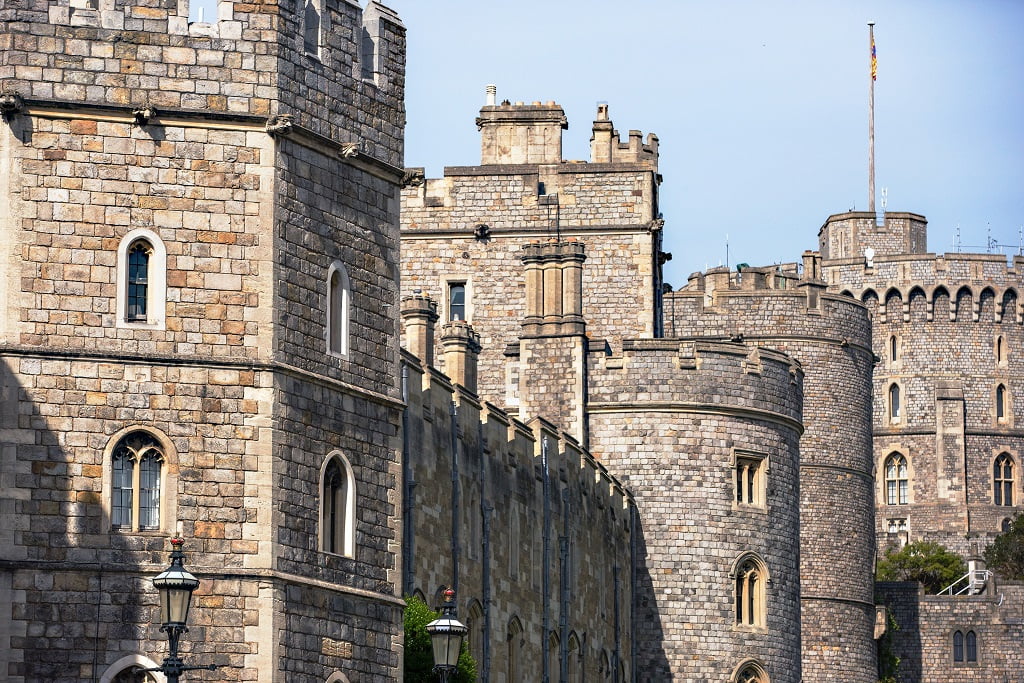Tourism is a vital part of our economy and historic buildings lie at the heart of the industry. Planning for the cost of historic building restoration and repair is necessary to ensure that these fantastic buildings are well preserved and protected.
Tourism industry statistics
The UK was forecast to have a tourism industry worth over £257 billion by 2025, just under 10% of the UK GDP.
40% of the most visited UK attractions in 2020 were historic houses, such as Chatsworth, Blenheim and Castle Howard. Around 32% were museums and galleries (many of which themselves are housed in historic buildings). 18% were gardens, parks and zoos, with the remainder being a broad mix of eclectic structures, ranging from Stonehenge and the Roman Baths to Tower Bridge.
Historic Building Restoration – Calculating the Cost
Whilst tourists, can enjoy roaming around these magnificent places, insurers are faced with the challenge of calculating the cost of restoring and repairing these unique buildings.
Thousands of details make up a historic building – the hand painted wallpaper, intricately carved panelling, wide elm floorboards, gilded cornices, grand sweeping staircases, gaggles of frolicking cherubs dancing across the ceiling. All of these details need to be replicated by expert craftspeople if there was a fire, or water damage from the leaking roofs or burst pipes that even the grandest of houses are prone to.
As historic building valuers, we find it difficult to appreciate wandering through these marvellous buildings without fixating on the cost of re-moulding the cornicing or re-carving the fireplace.
People often say, “You could never replace this”, but with time, money and the right skills and materials, you can.
Windsor Castle was restored after the fire it suffered in 1992, at a cost of around £36.5 million, and conservationists are currently undertaking the enormous task of repairing Notre Dame, which French economists have estimated will cost up to 600 million euros.
Rebuild Cost Considerations of Historic Buildings
To estimate the rebuild cost of a historic house, you have to consider both the external structure, and the internal finishes; ranging from the grandest of bling to the cost of replicating deceptively simple looking lime plasters.
The parts that are hidden from view also need to be considered – a house that has been added to and modified over centuries will have deep voids between floors, perhaps hidden servants’ passages within the walls.
The most interesting parts are often the areas the public never sees – the ancient roof timbers in the attic, or the stone vaulting in the cellars. All these elements feed into the cost of rebuilding the property.
With buildings used as visitor attractions, there are also many periphery elements to cost into a valuation. There may be tearooms and gift shops, visitor toilets, audio visual installations or display cases, to be considered.
Fascinating structures are also dotted around gardens and parks. Most large houses would have had stables, a gate lodge, perhaps an icehouse, follies, grand entrance gates and yards of boundary walling, all of which would be costly to replace.
At BCH we have assessed a huge range of unique visitor attractions, including some of the country’s most loved stately homes, fortified cliff top castles, open air museums, and in one memorable day, Heaven and Hell (in the form of painted rooms!).
At BCH, we consider all the details that contribute to a structure and prepare a tailored Reinstatement Cost Assessment as unique as the building itself.
If you are involved in the insurance arrangements of a complex building and would like to determine the precise rebuild value of a property, please contact us on 01455 293510 or email info@bch.uk.com

Speak to the Buildings Insurance Valuation experts
If you're looking for a practice that focuses exclusively on buildings insurance valuations, you've come to the right place. We survey all types of property from private homes and blocks of flats to commercial and industrial premises.